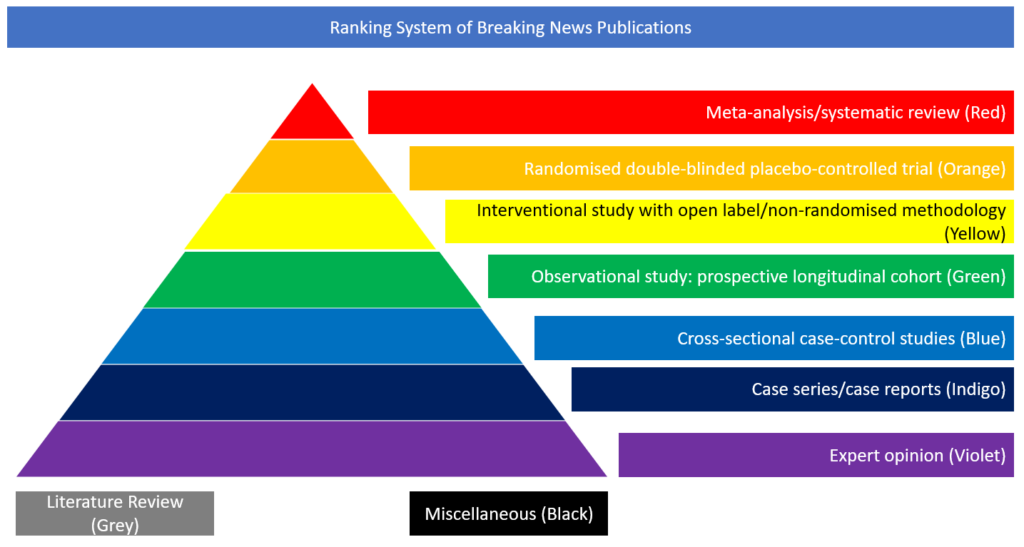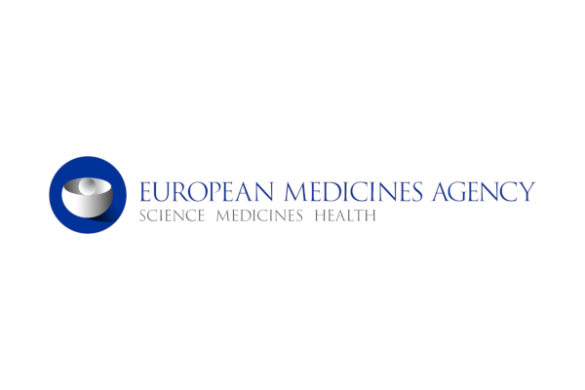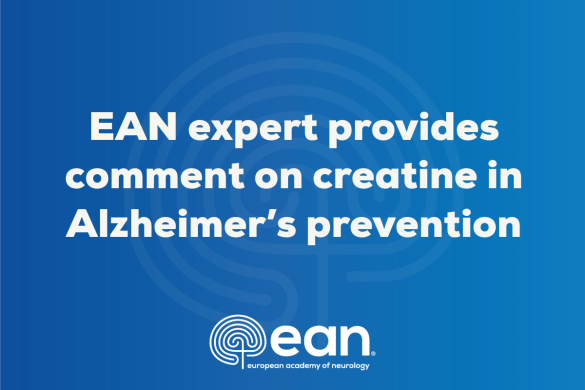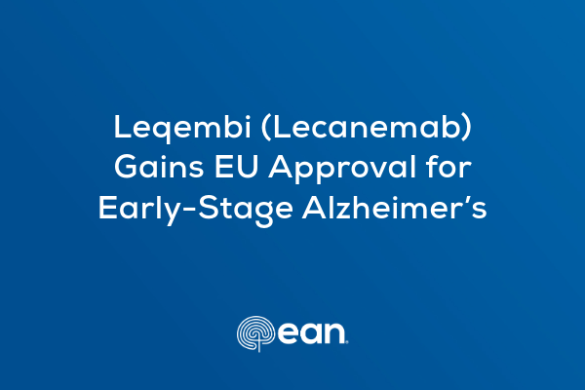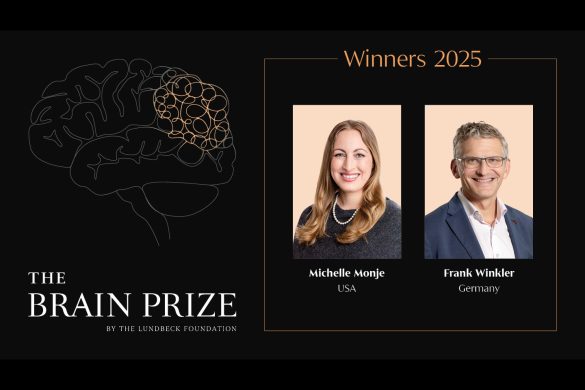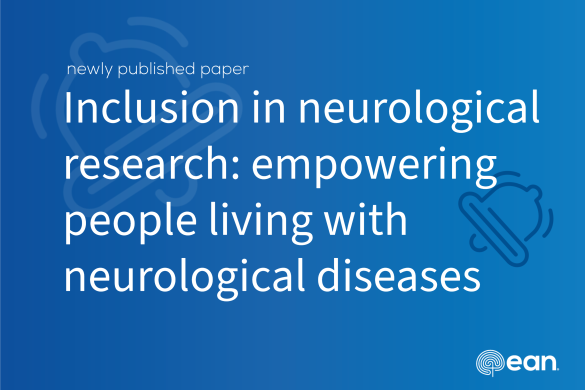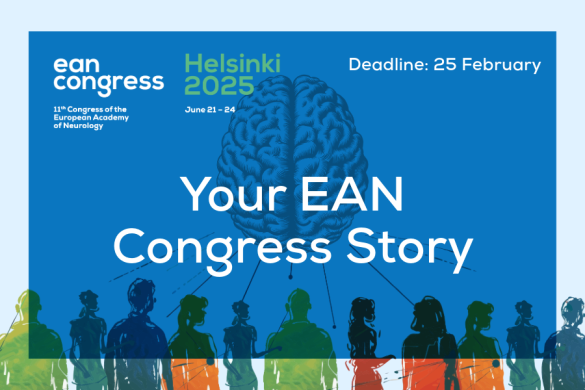Case series/case reports
In this retrospective multicentre study, recently published in Neurology, the authors describe neuroimaging findings and report the epidemiological and clinical characteristics of COVID-19 patients with neurological manifestations.
In particular, they included 64 confirmed COVID-19 patients with neurological manifestations who underwent a brain MRI. The cohort included 43 men (67%) and 21 women (33%). The median age was 66 years (range: 20-92). 36 (56%) brain MRIs were considered abnormal, possibly related to SARS-CoV-2. Ischaemic strokes (27%), leptomeningeal enhancement (17%), and encephalitis (13%) were the most frequent neuroimaging findings. Confusion (53%) was the most common neurological manifestation, following by impaired consciousness (39%), clinical signs of corticospinal tract involvement (31%), agitation (31%), and headache (16%). The profile of patients experiencing ischaemic stroke was different from the other patients with abnormal brain imaging since the former less frequently had acute respiratory distress syndrome (p=0·006) and more frequently had corticospinal tract signs (p=0·02). Patients with encephalitis were younger (p=0·007), and agitation was more frequent in patients with leptomeningeal enhancement (p=0·009). Concerning meningoencephalitic involvement, the authors concluded that, even if a direct effect of the virus cannot be excluded, the pathophysiology seems more likely to involve an immune and/or inflammatory process, given the presence of signs of inflammation in both cerebrospinal fluid and neuroimaging, but the lack of detectable virus in cerebrospinal fluid.
https://n.neurology.org/content/early/2020/07/17/WNL.0000000000010112
